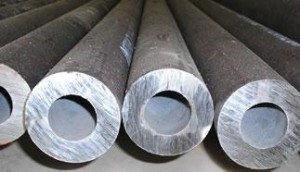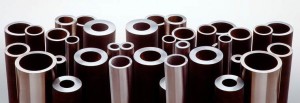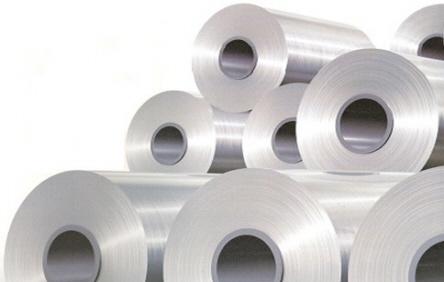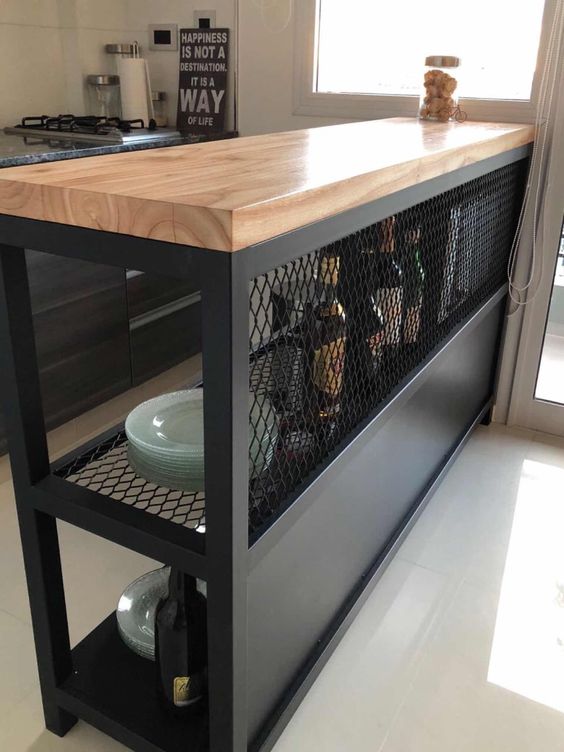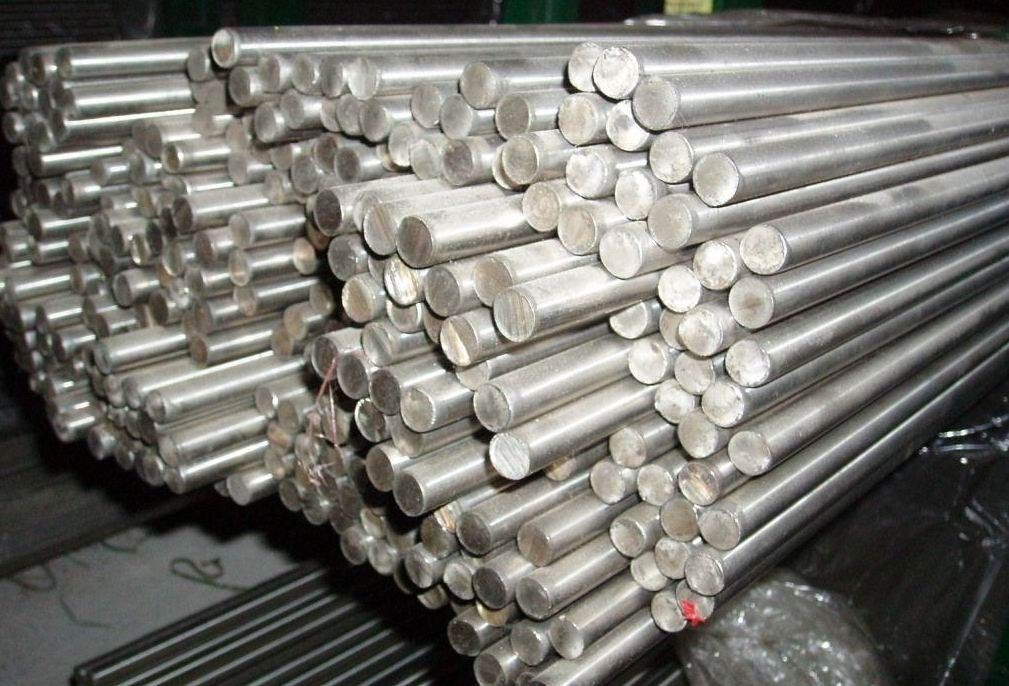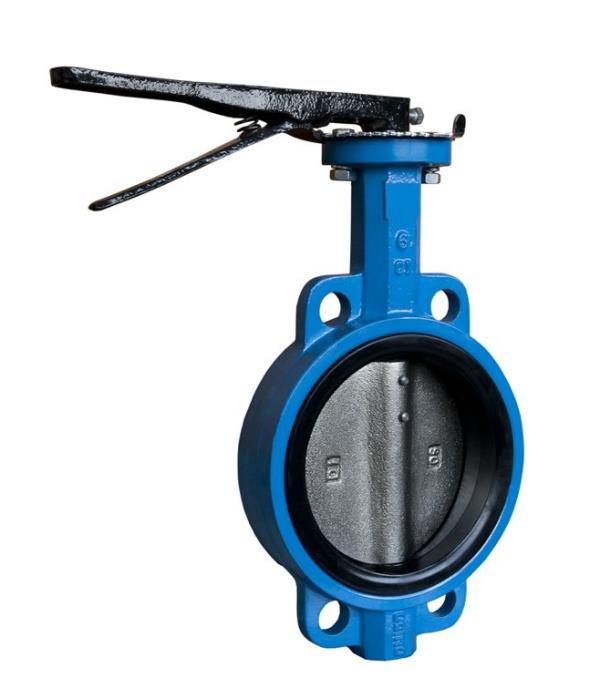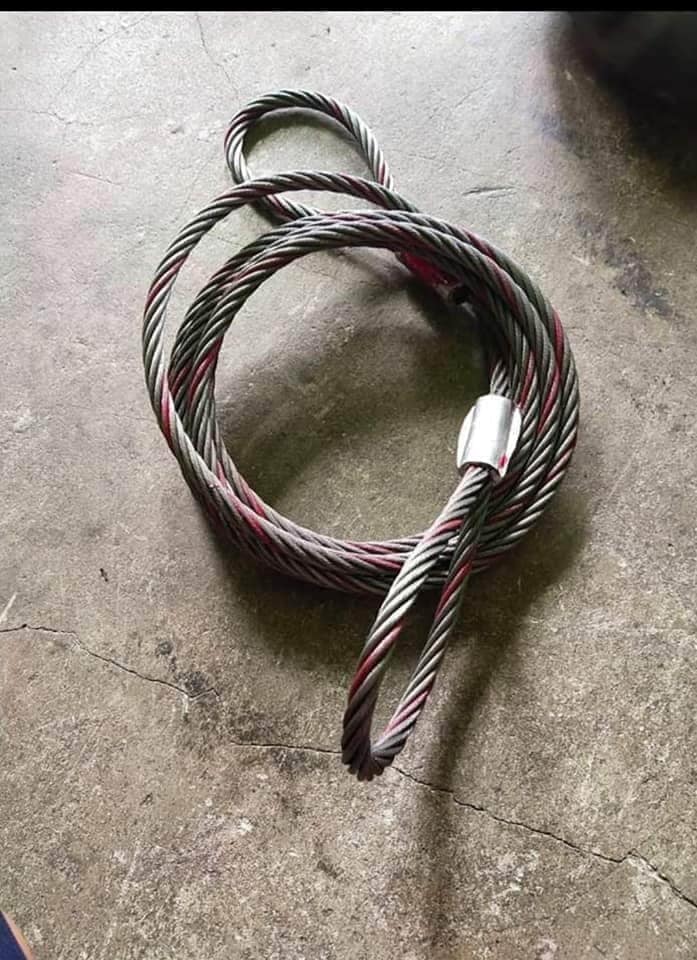Hollow Bar (ฮอลโลบาร์) คือ ท่อสแตนเลสทนแรงดันสูง ในงานบางประเภทที่ต้องทนกับแรงดันสูงๆ และจำเป็นต้องใช้สแตนเลส ซึ่งสแตนเลส SCH 80 ไม่มีตะเข็บ ที่สามารถหาซื้อได้ตามทั่วไปไม่สามารถทนได้ ทางบริษัทฯ จึงได้มีการนำเข้า สแตนเลส Hollow Bar ซึ่งก็คือท่อสแตนเลสทนแรงดันและไม่มีตะเข็บ วิธีการผลิตจะคล้ายกับท่อเหล็กไม่มีตะเข็บ คือการนำเพลาตันมาหลอมให้ร้อน และใช้แท่งเหล็กทะลวงตรงกลางเพื่อให้เป็นรู ก็จะได้เป็นHollow Bar เหมาะกับงานที่ต้องทนแรงดันมาก เช่น งานไฮดรอลิค เป็นต้น
Hollow Bar มีวิธีการผลิตอีกแบบหนึ่ง คือการหลอมสแตนเลสตามสเปคที่ต้องการเลย โดยที่วงนอก ความหนา และวงในของ Hollow Bar จะเป็นไปตามสเปค มีค่าบวกลบเพียงเล็กน้อยเท่านั้น
Hollow bar, otherwise known as seamless mechanical tubing, is a tubular product made with characteristics and properties suitable for subsequent transformation into a great variety of hollow products and cylindrical components for general engineering purposes. Carbon and alloy steel hollow bars are normally supplied as circular sections although other shapes are available.
Selection of the most suitable raw material for production of circular hollow components, whether the component is a plain bush or a complex precision part, should take into consideration the advantages in using hollow bar as feedstock. It is important to remember when comparing hollow bar and solid bar that the raw material cost is dependent on the length of material used to produce the component. Since the purchase price of raw material is based on weight, the price per length is an important factor.
Hollow bar is preferred by many users because of significant savings on raw material cost and machining time. In many instances it is possible to choose a hollow bar with outside diameter and wall thickness very close to the finished dimensions of the component to be manufactured. The need for preliminary operations such as turning and boring is therefore substantially reduced or eliminated. Benefits are gained from reduction in setting-up time and machine cycle times, lower labour and overhead costs for each component, reduced tool costs, lower lubricant usage and machinery maintenance costs. Swarf handling problems are also simplified.

